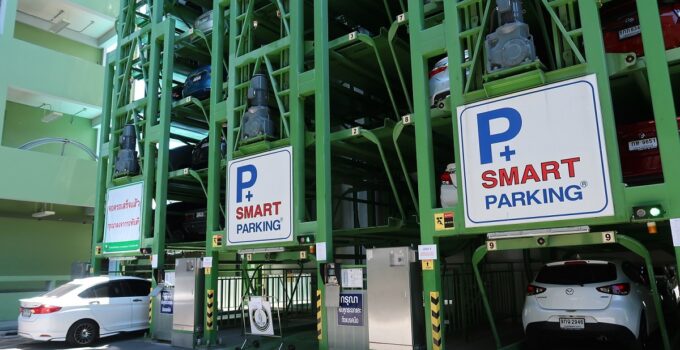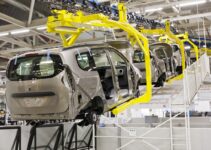Buying a car is a significant investment, and automakers love to pack in features that sound amazing but often add little real value. Let’s cut through the hype and reveal some of the most overpriced car features you probably don’t need.
1. Fancy Infotainment Systems

Image Credit: Shutterstock / Gorodenkoff
Sure, the latest infotainment systems with big touchscreens and advanced features look cool, but do you really need them? Many of these systems come with a hefty price tag and can quickly become outdated. Plus, your smartphone already does everything they do, and it’s always up-to-date.
2. Built-In Navigation

Image Credit: Shutterstock / PV productions
Why pay extra for built-in navigation when your phone’s GPS works perfectly fine? Apps like Google Maps and Waze offer real-time traffic updates and are always accurate. Most built-in systems charge for map updates, adding to the long-term cost.
3. Premium Audio Systems

Image Credit: Shutterstock / photostar72
While a premium audio system can enhance your driving experience, the price tag often doesn’t justify the difference in sound quality. Unless you’re an audiophile, a standard audio system is usually more than sufficient.
4. Leather Seats

Image Credit: Shutterstock / H_Ko
Leather seats are often seen as a luxury, but they can add thousands to the cost of your vehicle. They’re also harder to maintain and can get uncomfortably hot in the summer. High-quality cloth seats can be just as comfortable and more practical.
5. Automatic Parking
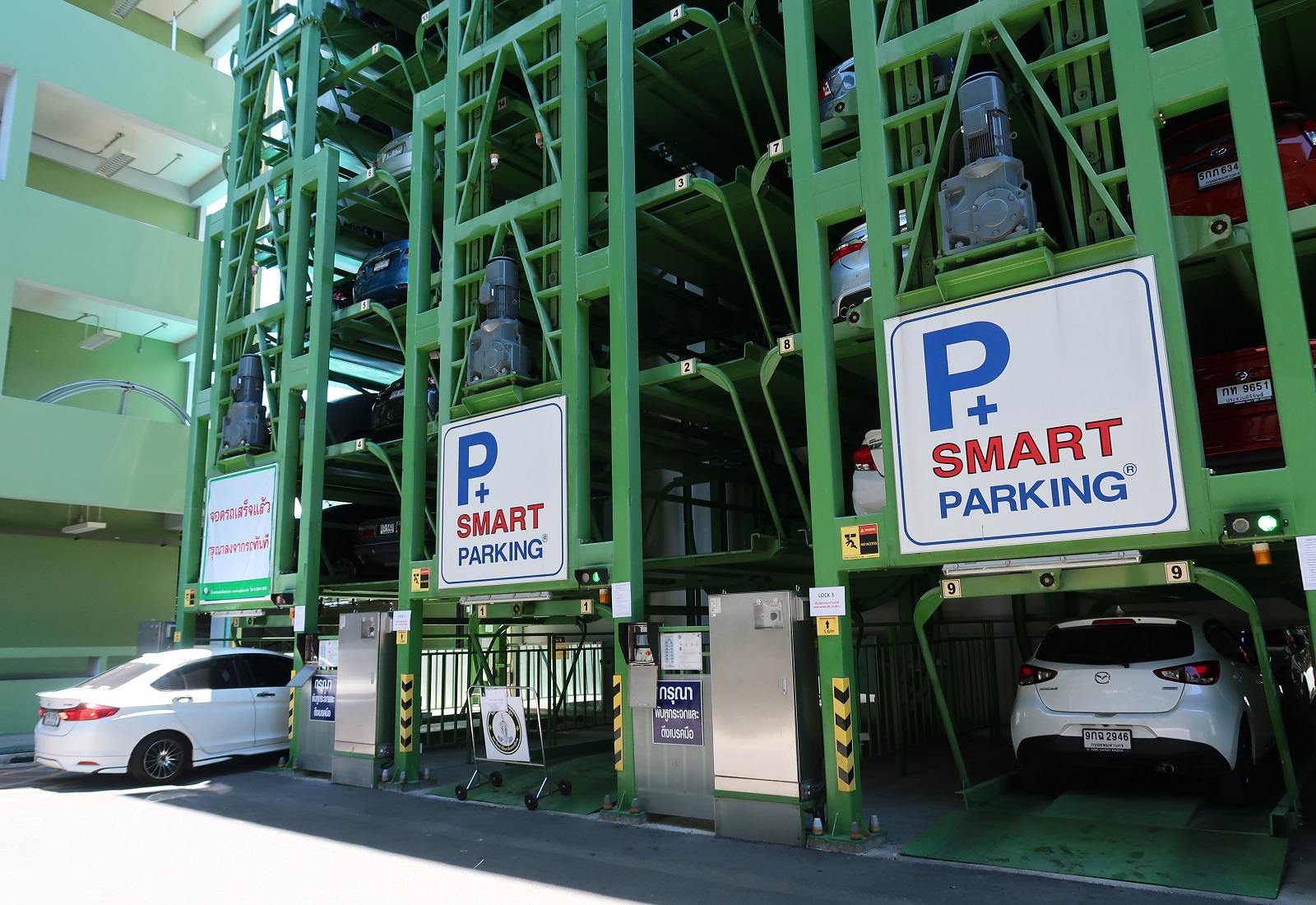
Image Credit: Shutterstock / Ariya J
Automatic parking sounds convenient, but it’s an expensive feature that you might rarely use. Most drivers can park just fine without it, and the technology can sometimes be unreliable. Save your money and improve your parking skills instead.
6. Sunroof or Moonroof

Image Credit: Shutterstock / Chiociolla
Sunroofs and moonroofs are popular, but they come with a high price and can lead to maintenance issues like leaks and wind noise. They also reduce the vehicle’s structural integrity. If you rarely use them, skip this feature.
7. Advanced Driver-Assistance Systems (ADAS)
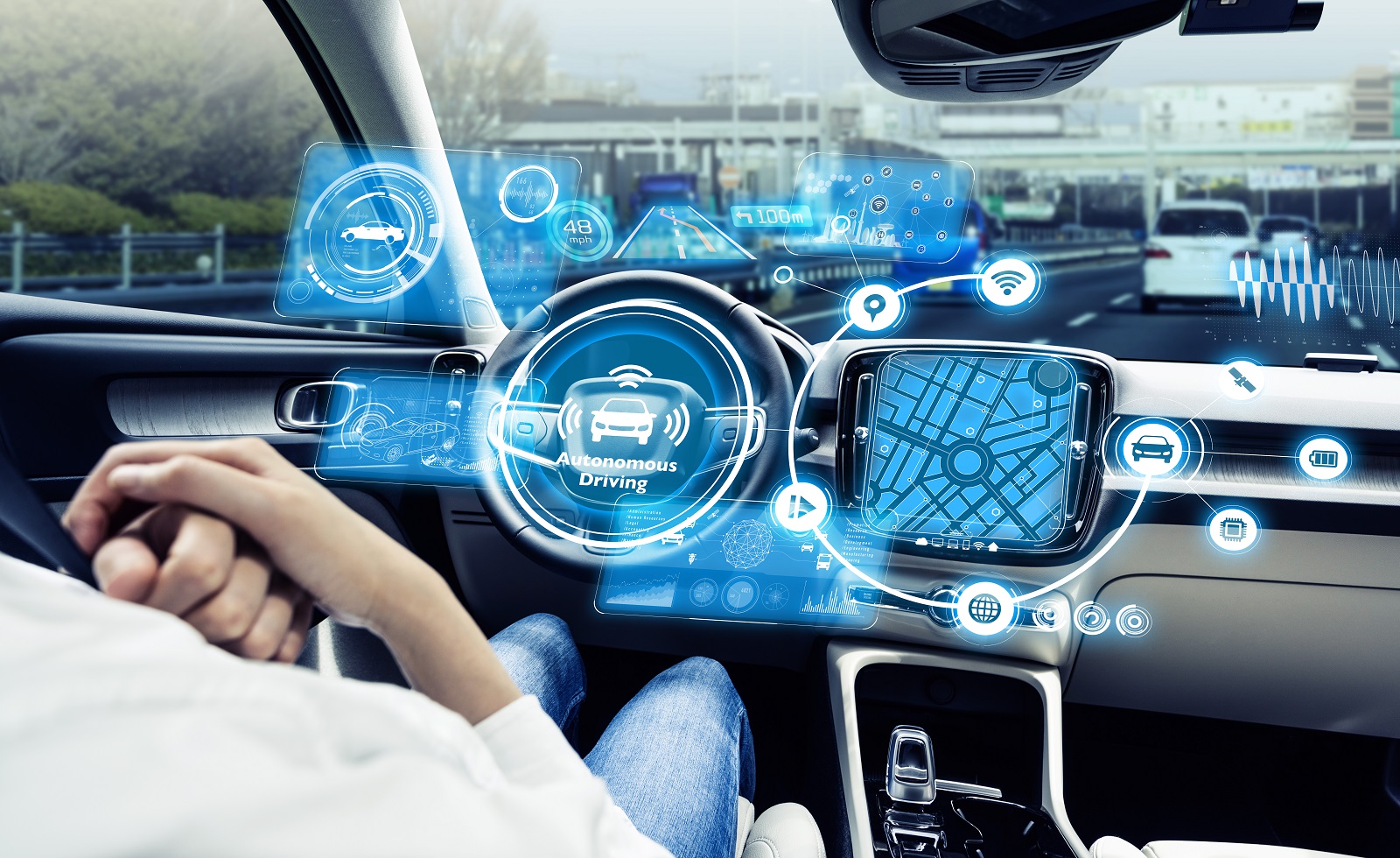
Image Credit: Shutterstock / metamorworks
While features like lane-keeping assist and adaptive cruise control sound great, they often come bundled in expensive packages. Many drivers find them intrusive and prefer to rely on their own driving skills. Basic safety features like ABS and airbags are usually enough.
8. Larger Wheels

Image Credit: Shutterstock / WildSnap
Upgrading to larger wheels can significantly increase the cost of your car. While they might improve aesthetics, they can negatively impact ride comfort and fuel efficiency. Plus, replacement tires for larger wheels are more expensive.
9. Heated and Cooled Seats
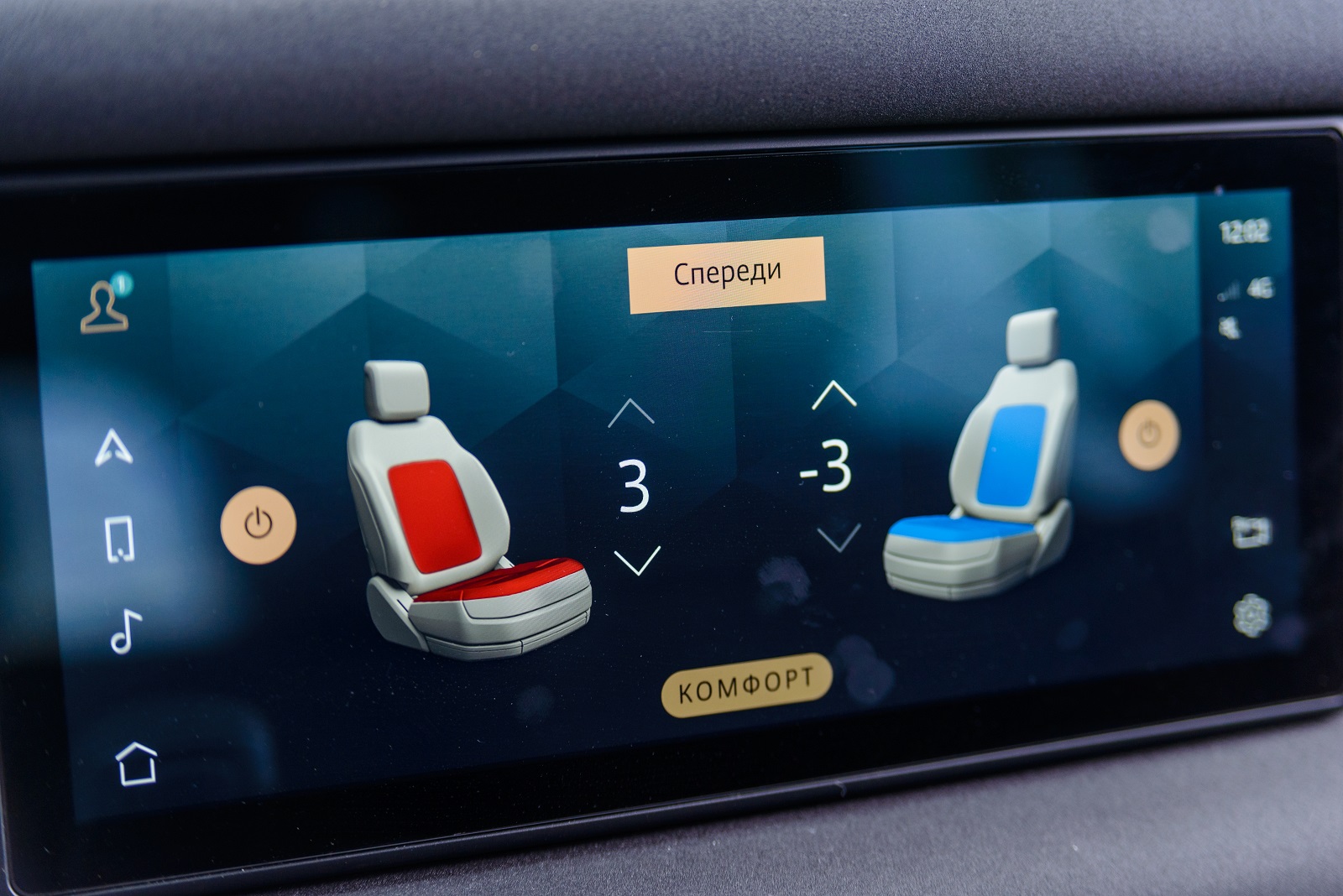
Image Credit: Shutterstock / Mikhail Gnatkovskiy
Heated and cooled seats add comfort, but they also add cost and complexity to your car. Unless you live in extreme climates, these features are rarely used and not worth the extra expense.
10. Head-Up Display (HUD)
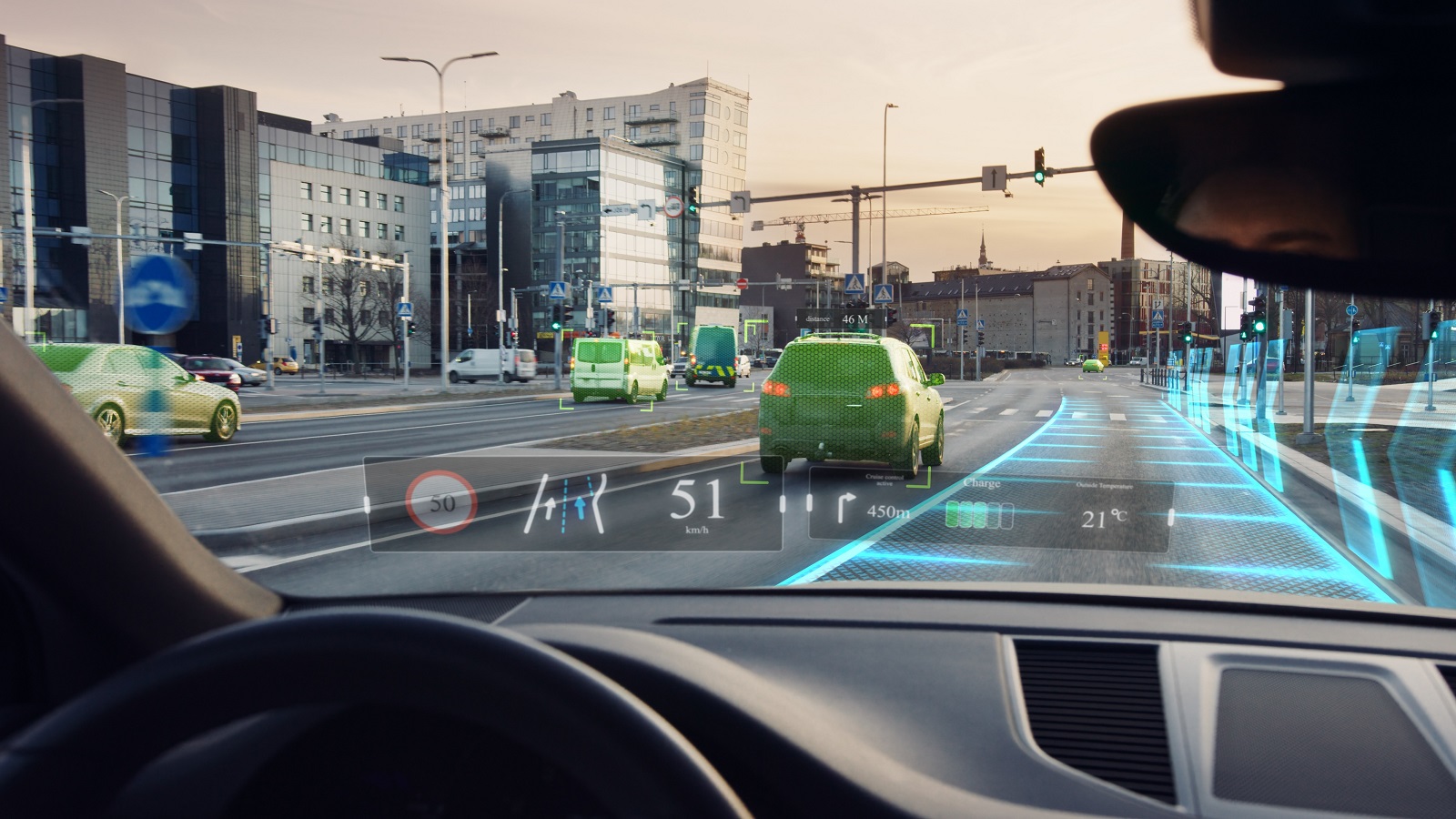
Image Credit: Shutterstock / Gorodenkoff
A HUD projects key information onto the windshield, which sounds high-tech but comes at a premium. Most drivers find it distracting rather than helpful. Your instrument cluster and smartphone can provide all the information you need.
11. Rear-Seat Entertainment Systems

Image Credit: Shutterstock / Austris Antons
With tablets and smartphones readily available, there’s little need for built-in rear-seat entertainment systems. They add considerable cost and can quickly become outdated as new technology emerges.
12. Wireless Charging
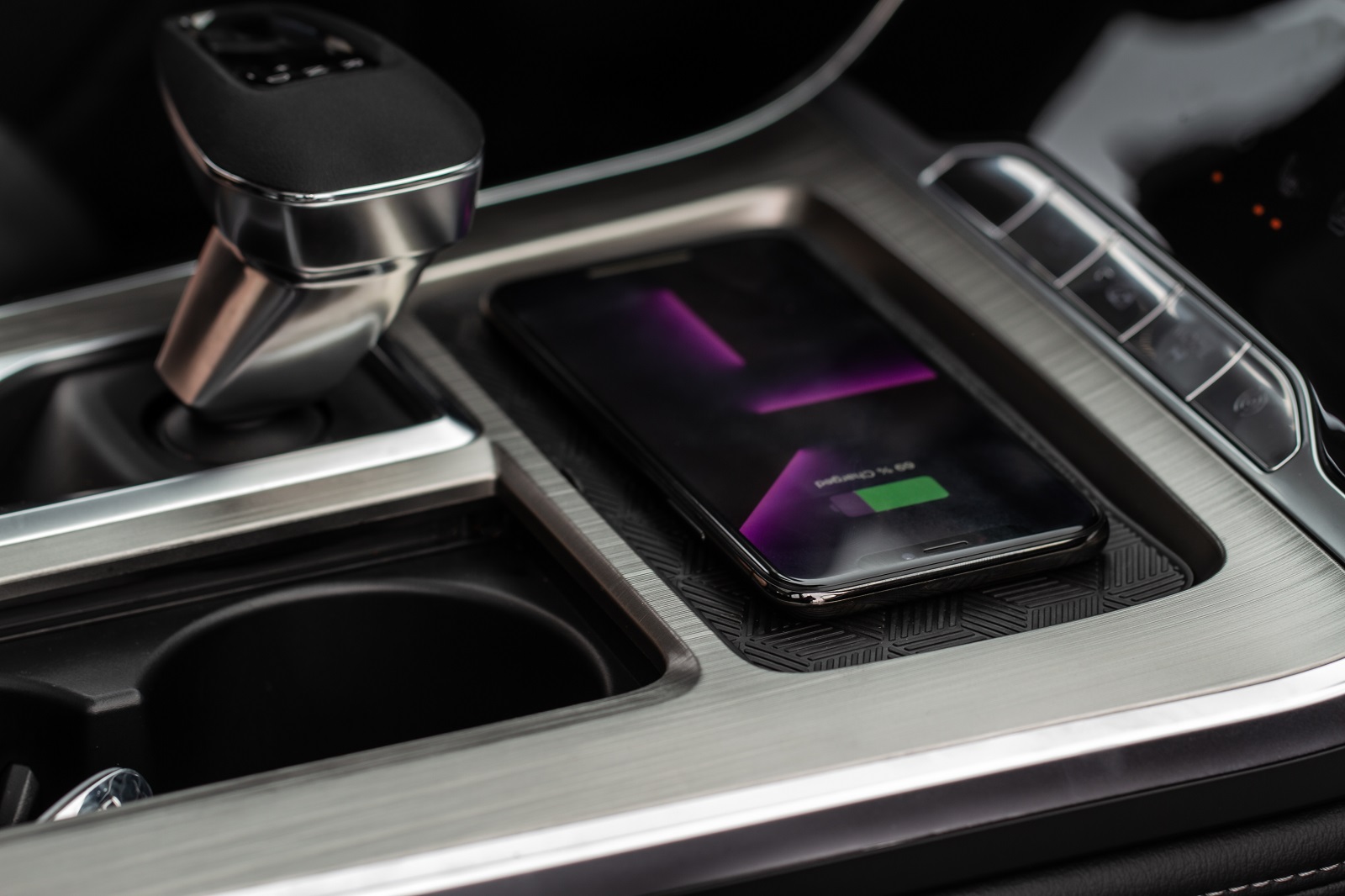
Image Credit: Shutterstock / Roman Vyshnikov
Wireless charging pads in cars are convenient but not very efficient. They charge your phone slower than a standard cable, and the pad itself is an expensive add-on. A simple USB cable does the job just fine.
13. Gesture Controls
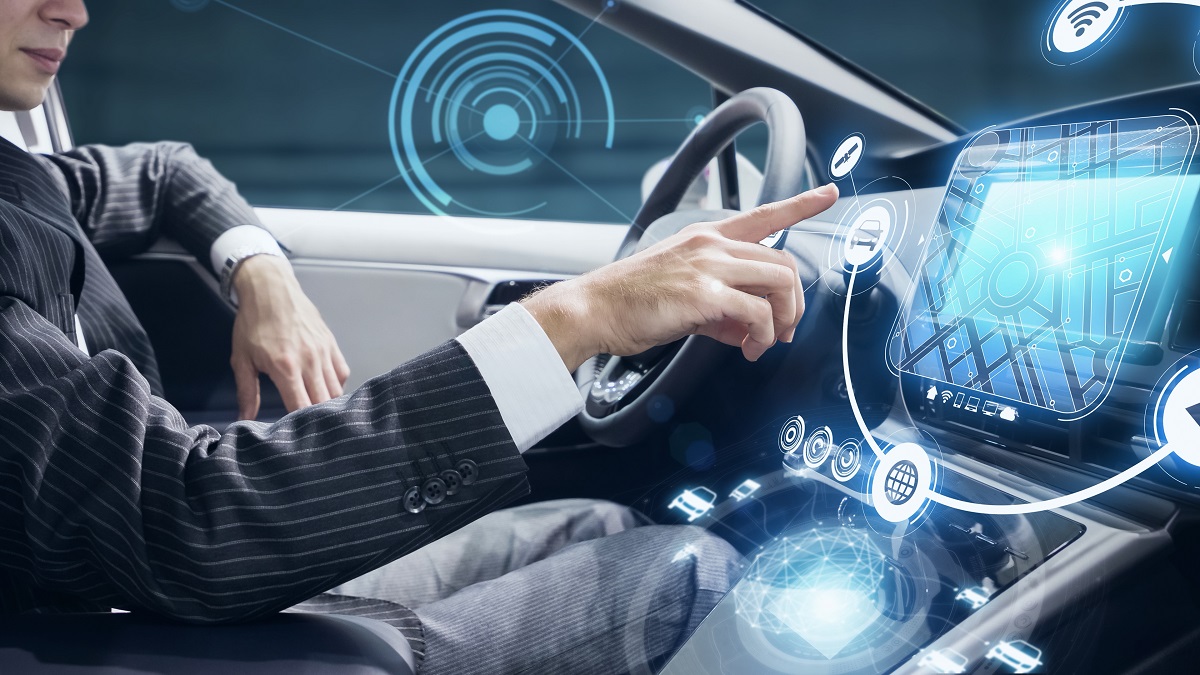
Image Credit: Shutterstock / metamorworks
Gesture controls for adjusting audio or climate settings are more of a gimmick than a necessity. They add complexity and cost without providing a substantial benefit. Physical buttons and knobs are often more intuitive and reliable.
14. Ambient Lighting

Image Credit: Shutterstock / Mariaprovector
Ambient lighting can create a pleasant atmosphere, but it’s an unnecessary luxury that adds to the vehicle’s price. It’s a feature you’re unlikely to notice while driving and can be easily done without.
15. Motorized Trunk Lid
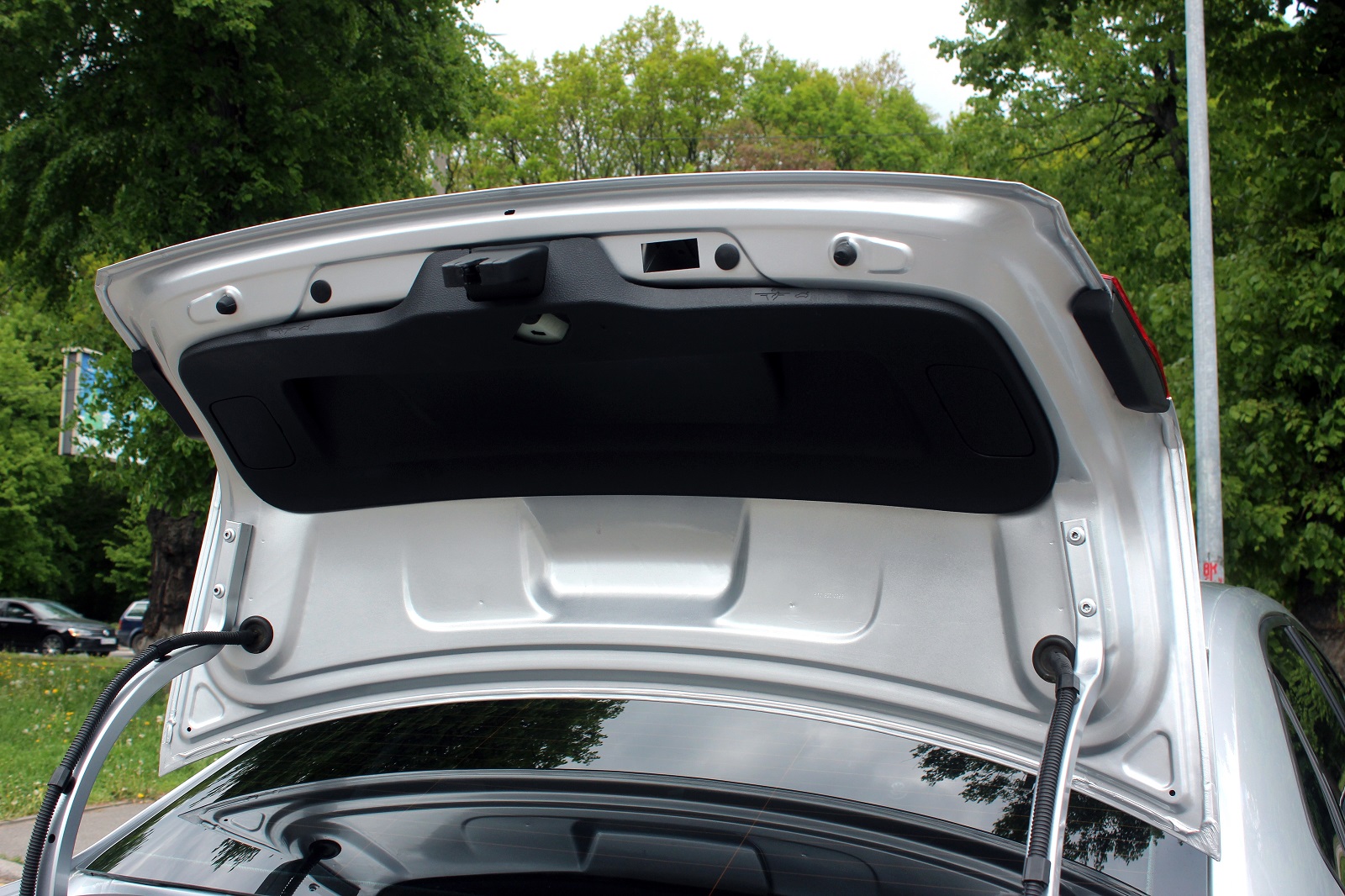
Image Credit: Shutterstock / Best Auto Photo
A motorized trunk lid can be convenient, but it’s another expensive feature that adds weight and complexity. Manual trunks are just as effective and are less prone to mechanical issues.
16. Upgraded Trim Packages

Image Credit: Shutterstock / Prostock-studio
Manufacturers often bundle a lot of these unnecessary features into pricey trim packages. Instead of opting for the highest trim level, consider a mid-range option that provides essential features without the fluff.
17. Built-In Wi-Fi
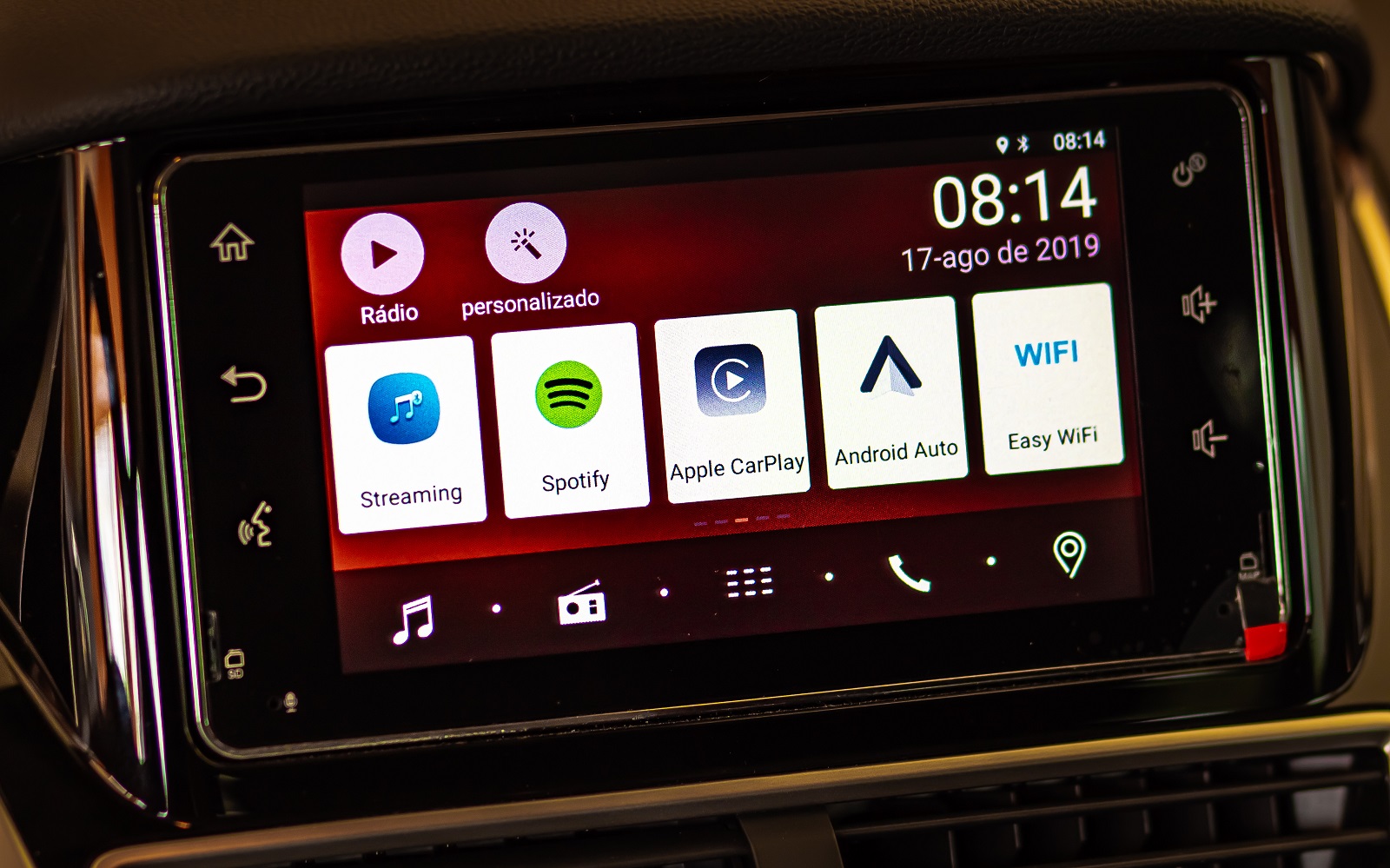
Image Credit: Shutterstock / rafastockbr
Built-in Wi-Fi sounds great, but it often comes with subscription fees. Most smartphones can create a hotspot, providing internet access without the need for an additional service plan.
18. Dual-Zone Climate Control

Image Credit: Shutterstock / Best Auto Photo
Dual-zone climate control allows for different temperature settings for driver and passenger but adds cost and complexity. Unless you and your passenger frequently disagree on temperature, a standard climate control system works perfectly well.
Think Twice

Image Credit: Shutterstock / Prostock-studio
Next time you’re car shopping, think twice about these features. While they sound appealing, they often add more to the price than to the actual driving experience. Stick to the essentials, and you’ll get a great car without overpaying.
Police Magnet: 7 Cars That Guarantee You’ll Get Pulled Over

Image Credit: Shutterstock / sirtravelalot
Driving certain cars can make you more noticeable to law enforcement, even if you’re abiding by all the rules. Are you driving one of these “police magnets”? Here are seven cars that seem to attract more police attention than others. Police Magnet: 7 Cars That Guarantee You’ll Get Pulled Over
The Classic Cars That Were Total Clunkers
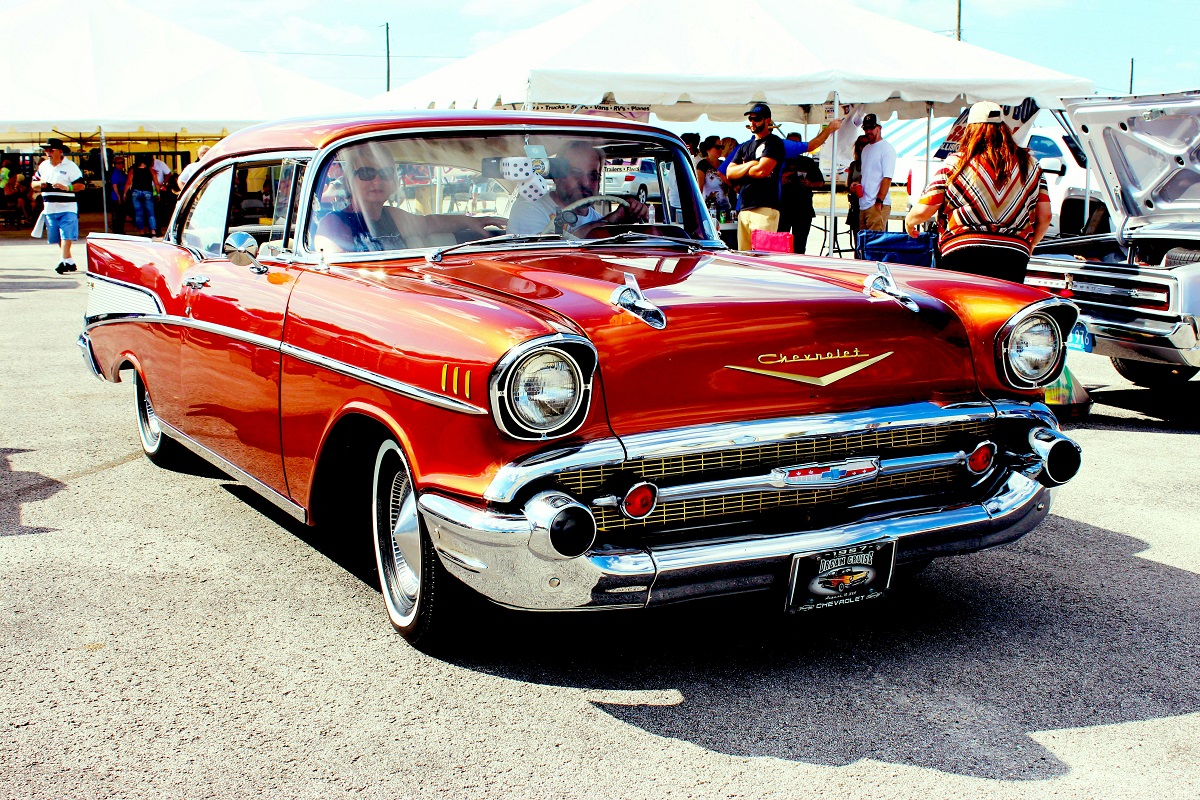
Image Credit: Pexels / Pixabay
Nostalgia has a funny way of making the past seem better than it was, especially when it comes to cars. But here’s the hard truth: some of those “classic” cars your dad raves about were real clunkers. Here’s a closer look at why some of those so-called “classics” weren’t all they were cracked up to be. The Classic Cars That Were Total Clunkers
The Worst U.S. Cars Ever Made: A Retro List
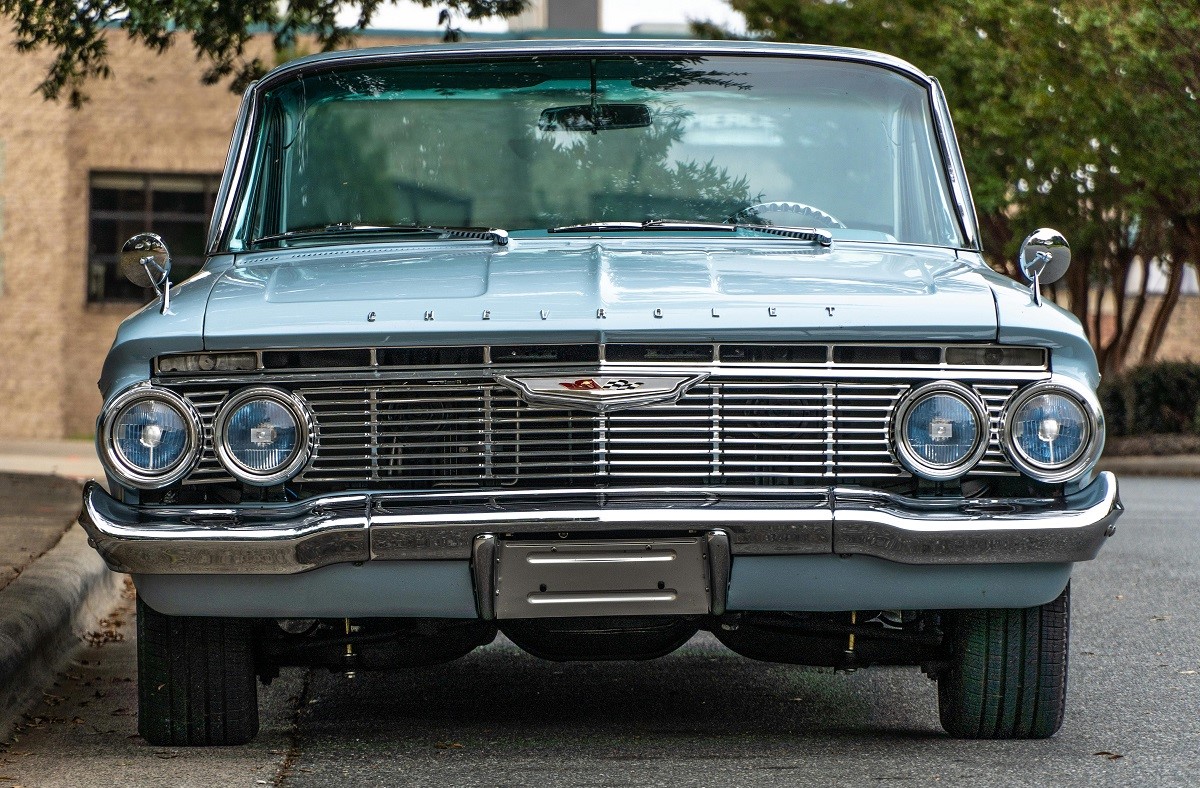
Image Credit: Pexels / Be The Observer
The U.S. auto industry has produced some incredible vehicles, but not every model was a hit. Here’s a look back at 16 of the worst cars ever made in the U.S., each infamous for its own unique flaws. The Worst U.S. Cars Ever Made: A Retro List
Featured Image Credit: Shutterstock / Ariya J.
For transparency, this content was partly developed with AI assistance and carefully curated by an experienced editor to be informative and ensure accuracy.
The images used are for illustrative purposes only and may not represent the actual people or places mentioned in the article.
